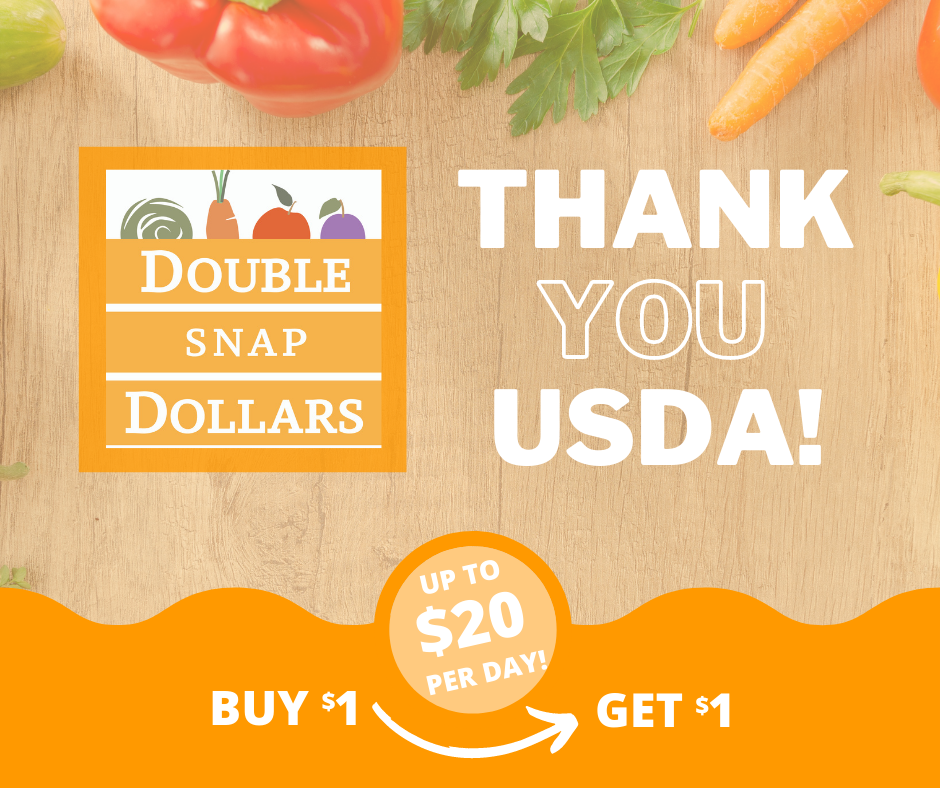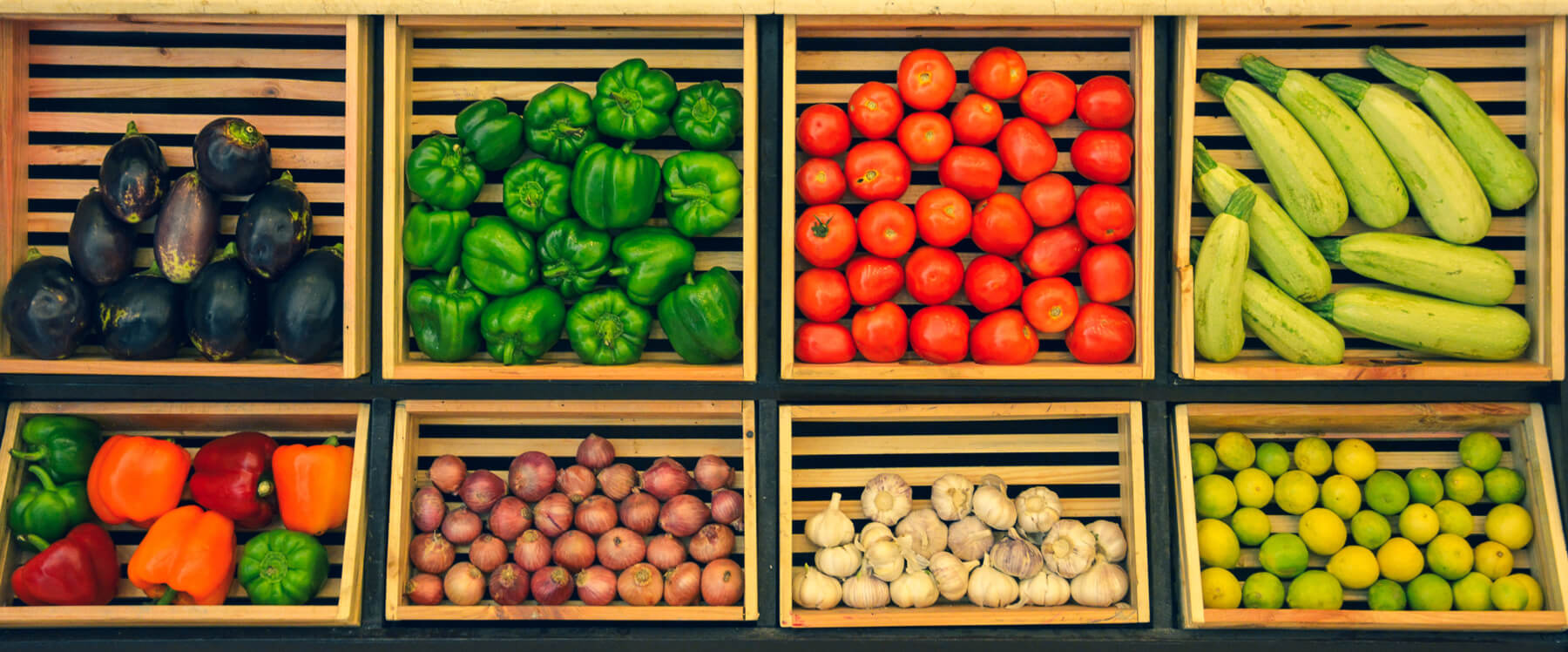November 10, 2020 – The USDA’s National Institute of Food and Agriculture (NIFA) announced a $27.9M investment toward encouraging low-income families to purchase healthy food this week. The Missoula-based Community Food and Agriculture Coalition (CFAC) is one of 30 organizations nationwide to receive this funding. CFAC will receive $500,000, given through the Gus Schumacher Nutrition Incentive Program (GusNIP), to expand equity and food access through the statewide Double SNAP Dollars (DSD) program that CFAC has been administering since 2015. Each dollar will be matched by 1:1, resulting in a total of $1M toward the program over the next four years.
Since 2015, the DSD program has served over 6,400 customers, leading to increased fresh fruit and vegetable consumption by SNAP customers. During that time, $500,000 has been spent through the DSD program on local foods, boosting Montana farmers’ income.
The Double SNAP Dollars (DSD) program doubles individual’s SNAP benefits for fresh fruits and vegetables at farmers markets. For every $1 spent with a SNAP benefit card on fruits and vegetables, customers are matched another dollar $1 free in fruits and vegetables with DSD.
Currently DSD is being offered at 26 sites across Montana: 22 farmers markets, two CSAs, one farm stand, and one grocery store. Three farmers markets in Missoula, Bozeman and Hamilton and Camas Organic Market in Hot Springs will offer DSD this winter. This new funding will focus on sustaining the DSD network through 2024 and will bolster opportunities for pilot programs in rural and Native communities in addition to several retail grocery locations. Sites will be equitably distributed across the state, creating more and easier access points to extra fruits and vegetables and generating more income for Montana’s local farmers year-round.
“Nutrition incentives are a win-win for everyone involved.” Ian Finch, the food access programs manager at the Coalition, explained. “They’re a win for low income families who can access more nutritious food, a win for local businesses and a win for our local farmers who are able to sell more produce to more members of the local community.”
CFAC established the Double SNAP Dollars Network, a statewide coalition of 12 organizations, that helps to set the priorities and direction of the DSD program each year. The Network includes National Center for Appropriate Technology (NCAT), Farm Hands – Nourish the Flathead, Rocky Mountain Tribal Leaders Council, Montana Academy of Nutrition & Dietetics, Confederated Salish and Kootenai Tribes Tribal Health Department, Rural Dynamics, Inc., Montana Food Bank Network, MSU Extension Nutrition Education Program, Hi-Line Kitchen Processing and Garden Center, Fort Peck Community College Wellness Center, American Heart Association/American Stroke Association, Kalispell Regional Healthcare, and Open and Local.
The GusNIP funding is incredibly helpful in Montana, yet the need for additional food assistance programs is growing during the COVID-19 pandemic. The Double SNAP Dollars Network is working to encourage additional investment from Montana State Legislature to fund expansion into more farmer’s markets and retail spaces. The Network will work with lawmakers during the upcoming legislative session to advance this goal and get nutritious food into more Montana SNAP households.
To do this, “We have initiated consultation with tribal members of Blackfeet Nation, the Confederated Salish and Kootenai Tribes of the Flathead Reservation, and the Fort Belknap Indian Community, to explore objectives and discuss food sovereignty efforts already in motion among Native communities in Montana,” said Lauren Tobias, Wellness Director at Fort Peck Community College and DSD Network member. “We aspire to connect in a similar fashion with each tribe within Montana’s borders. Excitingly, we have just formalized a partnership between CFAC and Fort Peck Community College’s Good Health & Wellness in Indian Country program, a 5-year CDC grant-funded initiative. To kick off this partnership, we are preparing to hire a team of local food-systems leaders on the Fort Peck Indian Reservation, to examine together how the DSD Network can most appropriately stand with the ongoing efforts of the Fort Peck Tribes to self-govern their local food systems, while also supporting immediate access to healthy food and food security.”
CFAC will start work immediately identifying new rural and Native communities in Montana to work with and retail locations, farmers markets and other business owners to establish new Double SNAP Dollar (DSD) locations across the state.



